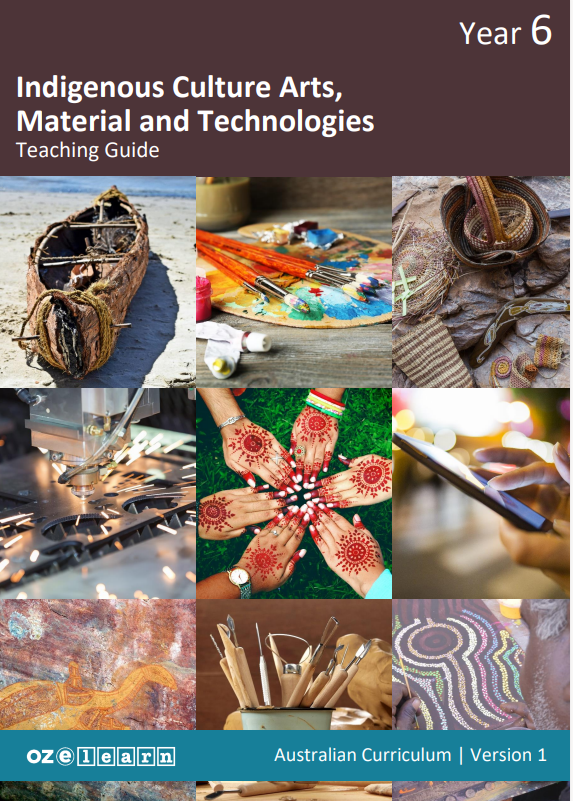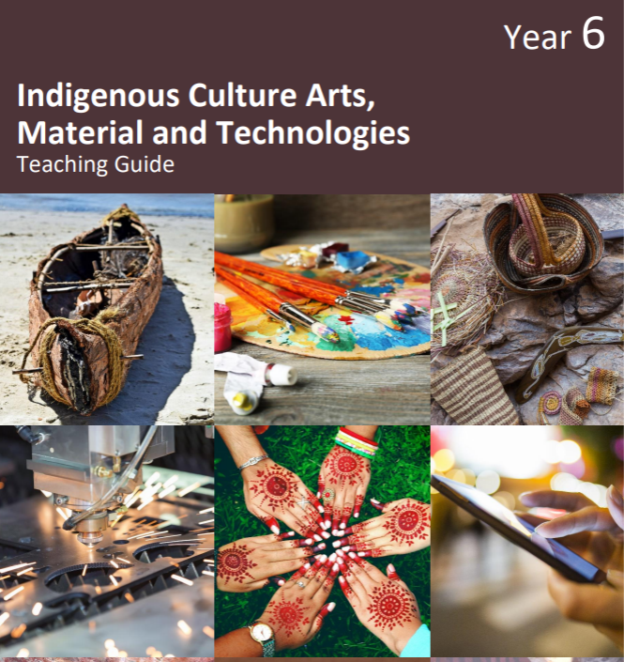Arts, Material and Technologies
Year 6 – What’s Your Story
Overview
Students investigate the technological change of products over time. They identify and describe the purpose, features and uses of traditional and modern technologies. Through investigation, students recognise different properties of materials and how they are joined. They identify that forces create movement in products. Following the design process, students meet the identified needs of users through the creation and modification of products.
Learning objectives
In Lessons 1 to 17, students learn to:
- identify the five steps to designing a new product
- evaluate a product design
- identify early indigenous technologies
- describe how early indigenous technologies met needs
- recognise modified products
- identify whether products are new or modified
- design or modify a product to meet a need
- investigate a problem and brainstorm solutions
- make and test design solutions
- reflect on and communicate the results of product tests
- investigate materials and joins
- investigate a problem and brainstorm solutions
- model and test design solutions
- communicate the results of design solution tests
- identify that forces create movement in products
- investigate a problem and brainstorm solutions
- model and test design solutions
- communicate the results of design solution tests.
Complete This Unit
Lesson 1: Elements of Visual Art
Lesson 2: Influences on Art
Lesson 3: Traditional Indigenous Body Art
Lesson 4: Contemporary Body Art
Lesson 5: Body Adornment
Lesson 6: Digital Art
Lesson 7: Personal Symbols
Lesson 8: Responding to Art
Lesson 9: Experimenting with different art forms
Lesson 10: Exhibiting Art
Lesson 11: Local Artist Study
Lesson 12: Creating an Artist Statement
Lesson 13: Creating a major work
Lesson 14: Major work ‘Project Me’
Lesson 15: Major work ‘Project Me’
Lesson 16: Writing an artist statement for major work
Lesson 17: Exhibition Preparation



